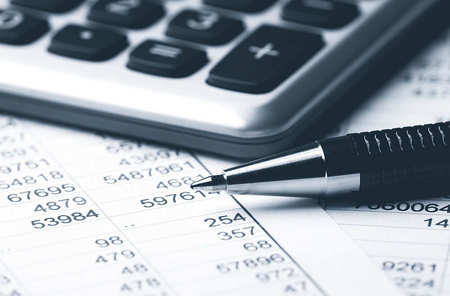
The Tax Cuts and Jobs Act of 2017 has led to changes in the way companies choose to be taxed. Prior to the tax reform, many businesses were required to use the accrual method of accounting. But with the change in tax law, businesses with $25 million or less in annual revenue over the prior three years can use the cash method. More businesses are choosing the cash method of accounting instead of the previous accrual method, but what is the difference between cash and accrual methods of accounting?
Every business must make a decision on how and when to record income and expenses. Making the choice between the cash and accrual methods is about the timing of when revenue and expenses are recognized and reported. On their most basic levels, cash accounting is a recording of the transaction when the money actually changes hands, while in accrual accounting the transaction is recorded when it is earned or established. Cash is immediate and accrual is anticipated.
With the cash method of accounting, revenue is counted when it is received from the customer or client, therefore the cash method business will not have accounts receivable. The cash method business also has no accounts payable, as when the expense is paid to the supplier or employee, the transaction is recorded. There are advantages and disadvantages to the cash method of accounting. One advantage comes in the cash method’s simplicity. Since revenue and expenses are only recorded when they happen, the tracking of the company’s cash flow is straightforward. It is easy to determine when a transaction has occurred because the money is, in clear terms, either in or out of the bank. This means that, in general, the financial records on any given day are an accurate reflection of the company’s resources. Since the income is not recorded until it is received, it is also not taxed until it is received. The cash method allows for easier income deferral, and easier expense increase, which may present a misleading picture of the company’s financial state. If the company delays sending invoices, the customer will not make the payment. If this crosses years, it will shift the taxable income into a different year than the year in which the service was provided. If a company chooses to pay its vendors immediately or even pre-pay them, then the expenses will be increased. For example, if a company prepays its January rent in December, the expenses will be taken against the income for the year that is ending, rather than the year that is just beginning. The company can also choose to do the opposite and hold on to large amounts of payables, potentially more than the cash on hand, and thereby overstates the health of the company. Cash method accounting, while easier, can create varied results based upon when to receive income and when to pay expenses.
In contrast to the cash method, the accrual method utilizes different timing in regards to income and expenses. In this case, revenue is recorded when it is earned with the expectation that the customer will pay the invoice in the future. The expenses for goods and services provided to the company are recorded when they are incurred, even if no money has left the bank. Because of this, the accrual method often shows a more accurate picture of how the business is doing over a longer period. One disadvantage of the accrual method is that it is harder to account for the cash flow of the business. It also means greater complexity in reporting by creating the need for dealing with unearned or deferred revenue and prepaid expenses. Unearned revenue is when money is received by the company for work not yet completed – essentially a prepayment. This income cannot be recognized on the income statement, and instead is reported on the balance sheet as a liability. As the service is provided, the portion of the provided or earned service is moved from the liability to the income statement. Generally, these are expenses that will be used within one year, as opposed to deferred expenses that are utilized over the course of more than one year. Prepaid expenses are recorded as assets on the balance sheet until a portion of them is incurred and then it is moved to the income statement. Accrual method accounting is not without the ability to flux reporting as well. Like the cash method, you can increase your income by sending out invoices, or decrease them by holding back invoices.
Accrual method also allows for the write off of bad debt. Bad debt is when you have a customer who you do not believe will pay you. You have already recorded the income when the customer was invoiced, thereby making it taxable. Bad debt allows you to remove this income before taxation. It should also be noted that because income is recognized when earned, that income may also be taxed before the funds are received from the customer. Because accrual does not show the current cash accounts of the business, it is vitally important to track the businesses funds alongside the income statement.
In general, your accounting method is chosen when you begin your business and file your first return. If your business qualifies to use either method, you may choose to switch using Form 3115 for approval from the IRS. You will need to complete a Form 3115 if you are changing from cash to accrual (or vice versa), as well as from FIFO to LIFO (or other method) for your inventory, or from one depreciation method to another. Before changing your method, research should be done on the resulting adjustments to taxable income.
